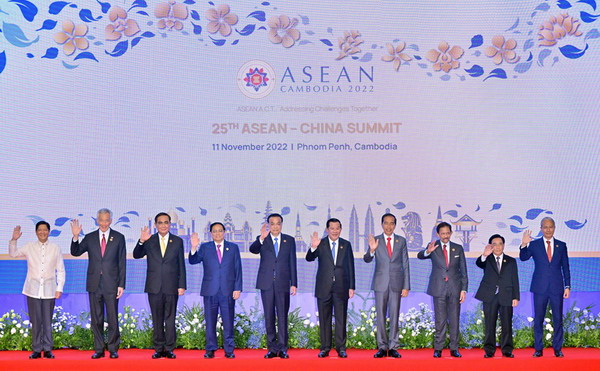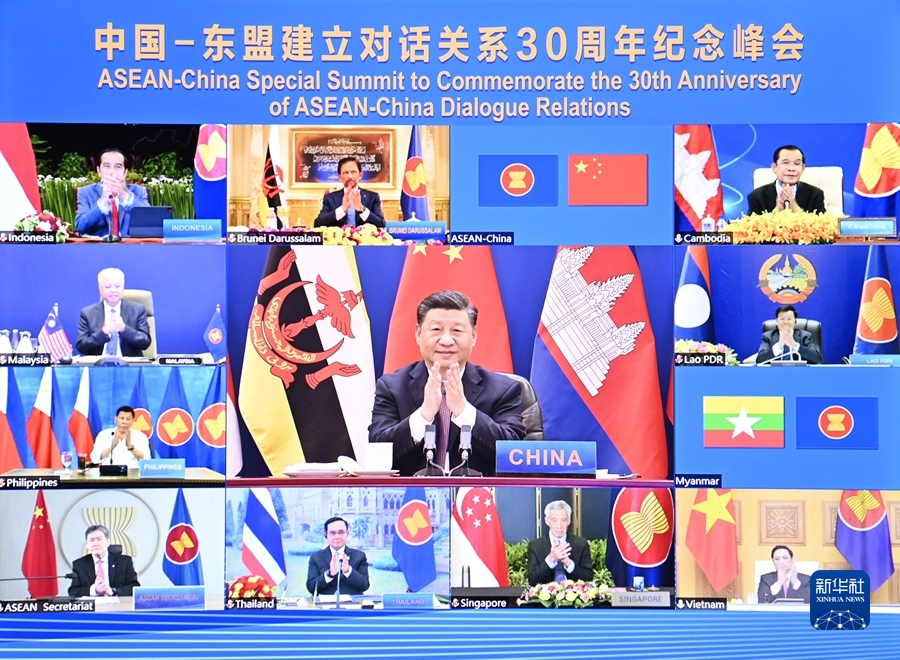|
S. Wiryono, Senior Fellow, CSIS Indonesia, former Ambassador of Indonesia to Australia, France and Austria
On the subject at hand I can only speak on the basis of impressions because I am not an economist. I am a former diplomat who follows events with habitual interest. This much I can say: ASEAN economic building today is carried out in an evolving socio-economic and politico-security environment that is less than ideal.
The economic landscape in the ASEAN region today is dominated by recent events: the sudden devaluation of the yuan, the fall of stock markets in China and in the rest of Asia, the downslide of commodity prices, including the prices of fuel, and the rout of Asian currencies by a resurgent US dollar. The biggest factor, however, is the fact that China has stopped its buying spree of commodities.
But nobody is predicting a repeat of the Asian Crisis of 1997-1998. The Asian economies, including ASEAN’s, have become more resilient as a result of reforms, and most national economies are shifting from a trade and investment orientation to one that is consumer-led. One bright spot is the resurgence of the US economy, which remains probably the largest export market for most of the ASEAN economies. This bright spot will make up for some of the loss of luster of the Chinese economy.
Against this backdrop, the ASEAN Community with three pillars—Politico-security Community, the Economic Community and the Socio-cultural Community—will come into official existence on the last day of this year. The ASEAN Economic Community (AEC) is aimed at making the ASEAN region a single trading bloc and a single investment and manufacturing base.
The most highly developed part of the AEC is intra-ASEAN trade, the ASEAN Free Trade Area (AFTA) having become effective in 2012 for the six first members of ASEAN—Brunei, Indonesia, Malaysia, Philippines, Singapore and Thailand—and this year for the CMLV countries—Cambodia, Myanmar, Laos and Vietnam. Tariffs have come down or coming close to a range of five percent to zero and that is why there is considerable intra-ASEAN trade going on, but nowhere near its full potential. That is because while the tariff barriers have been brought down, non-tariff barriers have been raised, with Indonesia reputedly putting up the greatest number of non-tariff barriers.
The ASEAN Member States acknowledge this problem, which tends to militate against meaningful economic integration. There is talk among ASEAN senior officials that there will have to be another round of intra-ASEAN trade negotiations, this time to bring down the non-tariff barriers.
The investment part of the AEC lags behind the trade part, and that is because there are also policy and bureaucratic barriers to intra-ASEAN flow of foreign direct investments. Among these barriers are restrictive foreign equity caps; in the case of the Philippines, there is the 40 percent constitutional limit to foreign equity ownership. There is also the matter of the distribution of foreign investments in the region, with Singapore taking the lion’s share of about 50 percent. Three fourths of investments go to just five of the ten member countries.
ASEAN has clearly made tremendous progress toward regional economic integration. It is equally clear that there is a lot of work yet to be done before the economies of the ASEAN countries can be said to be essentially integrated. In spite of this shortfall, the attainment of the ASEAN Community will be proclaimed at the end of the year. The pronouncement will be qualified with the assertion that although it is already an ASEAN Community, it nevertheless remains “work in progress.”
The ASEAN Community will remain a “work in progress” for a long time—it is never easy to overcome the forces of nationalism-protectionism and bureaucratic inertia, the chief barriers to regional integration. Difficult as it may be, ASEAN has to strive for integration if it is to maintain its centrality in its relationship with the major powers in the wider Indo-Pacific region.
For this wider region today is unstable, as it has become the new geopolitical center of gravity. It is also the center of a struggle among rival major powers. And all it can wield to deal with this situation is an over structured regional architecture—built by ASEAN over the past two decades: a plethora of forums and platforms for dialogue.
On the whole, the situation seems manageable: the regional economy remains dynamic, in spite of China’s slowdown, and the guns have been quiet since the Vietnam War. CBMs and Preventive Diplomacy are at work. But these are not enough. There is no mechanism for the peaceful settlement of disputes. The region is therefore like a locomotive without brakes. And the capacity of the overstructured regional architecture to provide cohesive governance is severely weakened by a trust deficit among the regional nations.
ASEAN is therefore in an increasingly uncertain environment. A geopolitical environment that is both fluid and increasingly difficult to manage.
ASEAN must therefore strike a sensitive balance in its relationships with the powers in the wider region. It can do so by maintaining its centrality in the processes of the region. And by engaging in preventive diplomacy, such as the kind that can deal with potential conflict in the South China Sea.
Balance is needed everywhere in the wider region. But it is much more crucial in three particular instances: first, in the interactions between China and India; second, in the relations between China and Japan; and third, which is the most critical of them all, is in the relations between China and the United States.
A rising China and the long-established power that is the United States must manage their relationship so that it is not detrimental to themselves and to the wider region. President Xi Jinping’s current state visit to the US should provide the opportunity for both countries to strike out a modus vivendi on such issues as cyber crime and potential conflict in the South China Sea.
For its part, ASEAN must continue to play a central role and pursue a balanced diplomacy that engages all these key players, while taking a principled approach all the time.
Moreover, ASEAN’s relations with all these key players must have a robust economic component. After all, the focus of the global economy has shifted to the Asia-Pacific region. A region that has 55 percent of the world’s GDP, 40 percent of total trade, and 40 percent of the world’s foreign direct investments. Negotiations toward a Regional Comprehensive Economic Partnership (RCEP), covering ASEAN countries and the six countries with which ASEAN has free trade agreements, should therefore be vigorously pursued.
The situation in the wider region moreover calls on the regional countries to work together through dialogue and diplomacy in order to devise a roadmap to a regional arrangement that can guarantee long-term regional peace and stability. Such a roadmap should lead to the conclusion of an Indo-Pacific Treaty of Friendship and Cooperation, envisioned as a legally binding treaty that provides, among many other useful features, a mechanism for the peaceful settlement of disputes. ASEAN senior officials are now considering such a treaty, which may eventually bear another name.
To my mind, ASEAN centrality in the long term can be assured through the conclusion of such a treaty—an eventuality that could be a watershed in the history of the Asia-Pacific region.
With such a treaty in place there can be no clash between established power and rising power.
A firm and coherent regional architecture would be eminently achievable. And soft power would have chance to be pervasive in the region. The regional countries could then all be partners for the future, rather than prisoners of the past.
Is ASEAN capable of such a grand achievement? Time will tell.
|











